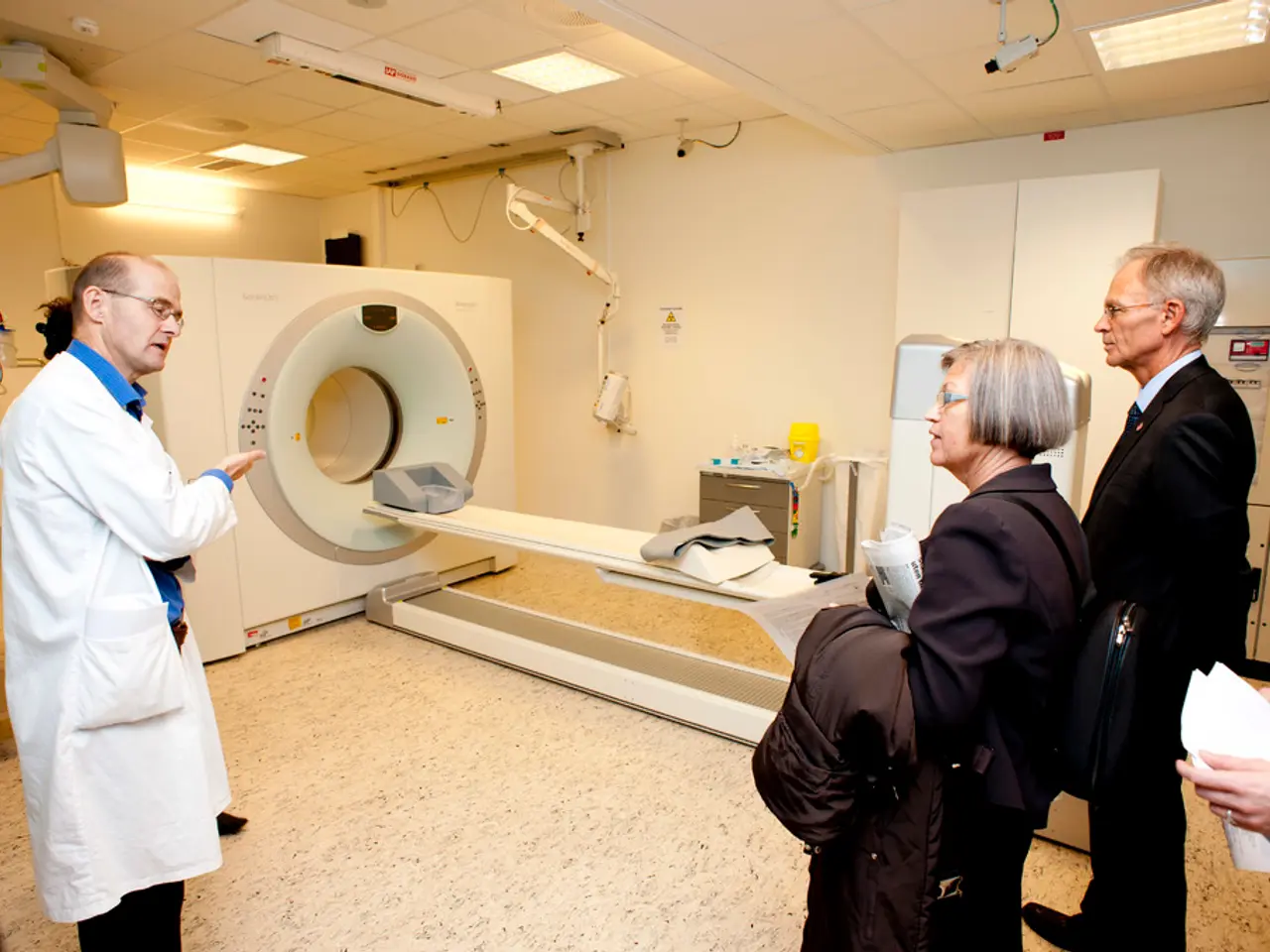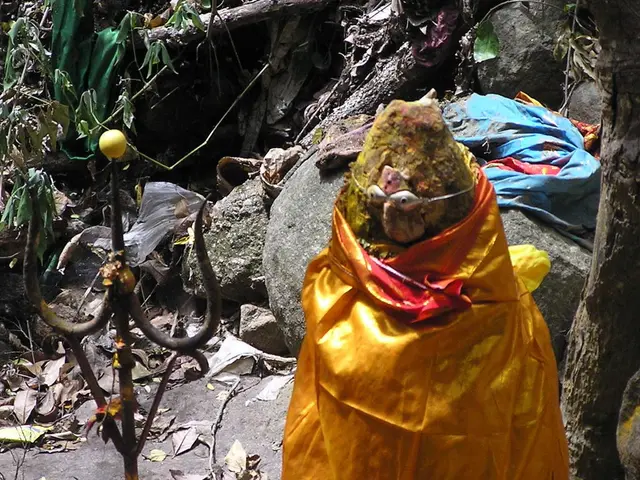Myeloma cases among Black Americans: Data and insights
Disparities in Multiple Myeloma Diagnosis and Treatment Among Black Americans
Multiple myeloma, a cancer of the plasma cells in the bone marrow, disproportionately affects Black Americans, with a higher incidence rate compared to White Americans. According to a 2019 estimate, there are approximately 15.8 new cases of multiple myeloma per 100,000 people in the Black American population, compared to 6.9 cases in the white American population [1].
One of the key differences is the age at which multiple myeloma is diagnosed. On average, doctors diagnose multiple myeloma in Black Americans at age 66 years, while in white Americans, the median diagnosis age is 70 years [1].
Several factors contribute to these disparities.
Biological and genetic factors may play a role in the higher susceptibility of Black Americans to multiple myeloma. Researchers are still studying the exact genetic mechanisms, but it has been noted that Black people may have a higher likelihood of inheriting monoclonal gammopathy of undetermined significance (MGUS), a plasma cell disorder that sometimes precedes multiple myeloma [2].
Social determinants of health also contribute to the disparities. Lifestyle factors such as obesity, nutritional deficiencies like low vitamin D, limited access to healthy foods, and environmental exposures may increase the risk or worsen outcomes for Black Americans [2].
Access to care is another significant factor. Black patients often face barriers such as limited screening and diagnostic access, financial constraints, transportation difficulties, and mistrust of the healthcare system, leading to later-stage diagnoses and reduced access to timely, evidence-based multiple myeloma treatments [2].
Structural racism and healthcare inequities also influence the quality of care received, provider recommendations, and the availability of specialized treatment facilities in predominantly Black neighborhoods. These factors lead to disparities in treatment modalities, delays, and overall survival outcomes [2][4].
Socioeconomic and geographic disparities also impact health insurance coverage, healthcare utilization, and the ability to receive advanced therapies, exacerbating racial disparities in multiple myeloma mortality and morbidity [4][5].
To address these disparities, proven strategies include culturally tailored education, patient navigation programs to assist in screening and treatment adherence, policy interventions enhancing healthcare access (e.g., Affordable Care Act), and system-level changes like automated screening reminders and team-based care [2]. Research in similar cancers shows that equal-access systems, such as the Veterans Health Administration, can eliminate screening disparities, underscoring access as a critical lever [2].
In addition, increasing Black American participation in clinical trials is crucial for understanding why multiple myeloma disproportionally affects Black people and finding the most effective treatments for Black people. Black people may have a higher likelihood of having immunoglobulin A disease, which may increase the risk of multiple myeloma [3].
Moreover, Black Americans have a higher prevalence of health conditions that can increase the risk of multiple myeloma, such as obesity and diabetes [4].
Organizations such as the Multiple Myeloma Research Foundation are working to increase awareness and provide education and healthcare access to marginalized communities [5]. Financial stability is a major barrier to adequate healthcare for many Black Americans, and organizations like Cancer Care provide information on sources of financial assistance for people with cancer [5].
In conclusion, the higher risk and poorer outcomes for Black Americans with multiple myeloma result from a complex interplay of genetic susceptibility, social determinants, and systemic healthcare inequities. Addressing these requires multi-level, culturally sensitive interventions to improve prevention, timely diagnosis, equitable treatment access, and support services.
References: [1] American Cancer Society. (2021). Multiple myeloma statistics. Retrieved from https://www.cancer.org/cancer/multiple-myeloma/about/key-statistics.html [2] National Cancer Institute. (2021). Cancer health disparities among racial/ethnic minority populations. Retrieved from https://www.cancer.gov/about-cancer/causes-prevention/risk/minorities/cancer-disparities-fact-sheet [3] National Cancer Institute. (2021). Multiple myeloma risk factors. Retrieved from https://www.cancer.gov/types/multiple-myeloma/hp/multiple-myeloma-risk-fact-sheet [4] American Society of Clinical Oncology. (2021). Cancer disparities among racial/ethnic minority populations. Retrieved from https://www.cancer.net/navigating-cancer-care/cancer-research/cancer-disparities/cancer-disparities-among-racial-ethnic-minority-populations [5] Multiple Myeloma Research Foundation. (2021). About MMRF. Retrieved from https://www.themmrf.org/about-us [6] Cancer Care. (2021). Financial assistance. Retrieved from https://www.cancercare.org/financial_assistance/index.html
Read also:
- Transmissible Infections and Parasites Found in Untreated Berries
- Weekly Updates from the German Parliament (Bundestag)
- Digital Expert Week announces initiative 'ePA for All'/ Team Rheuma shares details on the digital patient record system
- Hernia in the diaphragm (hiatal) and associated acid indigestion: Identifying symptoms and available treatments







